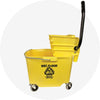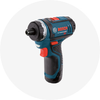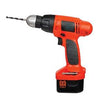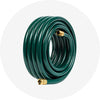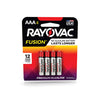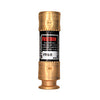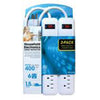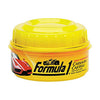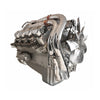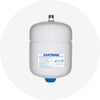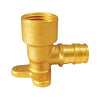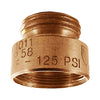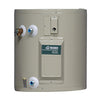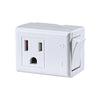Solve Common Toilet Problems With This DIY Guide
∙ min read
It's time to get to know your toilet a little better. Getting up close and personal with this necessary fixture can help you solve common issues and save big-time on the cost of hiring a professional plumber. All you need is to invest in some inexpensive plumbing supplies and learn the basics of how this essential device works. Then, the next time you have an annoying toilet problem, you can fix it yourself instead of wasting time and money by calling in a professional plumber. Here are the easiest toilet problems you can diagnose and fix on your own.
Clogged Toilet
A common toilet problem that most people have experienced is a clogged or overflowing toilet. The best tool to fix this issue is a plunger. To remove the clog and plunge more effectively, the plunger should be completely covered by water and sealed over the toilet bowl's hole. Keep plunging and flushing until the clog clears and the water returns to the regular level.
If it's a stubborn clog that the plunger can't fix, use a plumbing snake or auger and submerge the cable as far as possible. Turn the handle clockwise to help loosen the clog. Another solution is to use a chemical clog remover. Follow the directions according to the container to remove a tough clog.

Toilet Constantly Running
Another common toilet issue is when the water constantly runs. To diagnose the problem, open up the water tank and check out the flapper. If this piece is worn out or broken, it will need replacement. Replacement is easy by removing the chains from the flusher and sliding the pegs off of the valve.
Another way to solve this problem is to replace the toilet fill valve that is also inside of the toilet tank. This valve controls how much water is used to flush. If your toilet's fill valve is older, it may be not as effective.

Broken Toilet Seat
If the toilet seat is loose or broken, it's quick and simple to either tighten it or replace it. To tighten, look underneath the toilet and tighten the two bolts that attach the seat to it with a wrench.
For a cracked or broken seat, you'll need to completely replace it. Find a toilet seat that matches the shape and size of your toilet, then follow these steps:
-
Lift up the bolt caps and use a wrench to completely remove them.
-
Take off the old seat and discard.
-
Place the new seat on the toilet.
-
Thread the new seat's bolts through the holes in the toilet and toilet seat.
-
Place the nuts on the underside of the bolts and tighten with a wrench.
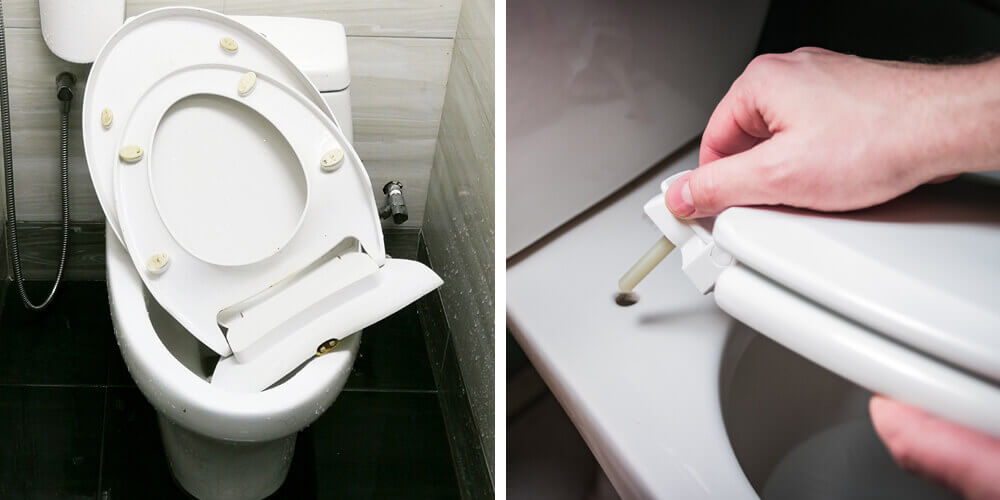
Dry Water Tank
When the toilet tank is completely dry or too low, it could make flushing or using the toilet impossible. For a dry water tank, remove the lid and check inside to see what is happening. Make sure the toilet water supply line is turned on. If it is on, you'll need some plumbing tools to do some further investigations. Here are other possible solutions to try:
-
Check the house's water supply lines for leaks.
-
Inspect or reposition the toilet tank fill tube.
-
Look closely at the toilet bowl to see if there is a crack.
-
Find the toilet's inlet holes under the lip of the bowl and see if they're clogged.
-
Use hot vinegar and a piece of wire to clean out the clogged holes.
-
Replace the fill valve if it appears to be not functioning.
Leaky Toilet
Because there are multiple points where a toilet has water, leaks can happen almost anywhere. A leaky toilet may need a complete inspection to find out the cause. You'll need to understand all of the different plumbing elements of the toilet and where potential leaks may be happening to figure out this problem.
-
Water supply – Check the water supply line for leaks and tighten everything.
-
Flapper – Replacing the flapper in the tank may solve a localized leak.
-
Bolts – The bolts that connect the bowl to the tank may need replacement if water is leaking from there.
-
Base – A leak that is centered around the base of the toilet means the wax ring may need replacement. To do this, remove the toilet completely and swap out and replace the ring.

Loose Toilet Lever
The last tricky toilet problem that is an easy fix is when the toilet's flush lever is loose or stuck. If you have to hold down the lever or flush multiple times, you may need to replace the toilet flush lever handle.
Before completely replacing it, check inside of the tank to see if the nut that attaches it is loose. If so, quickly tighten with a wrench. If the chain attached to it is too loose, you can also try adjusting that. If all else fails, it may need a complete replacement. Before replacing it, make sure the water is turned off. Remove the old toilet lever handle by taking the chain off and unscrewing the mounting nut. Place the new handle inside of the hole in the tank, attach the chain and tighten the nut to keep it in place.

You don't have to wait around for a plumber to get your toilet to be functional again. Take the time to learn how your toilet works and tackle some of these repairs yourself. Buying toilet repair parts is cheaper than paying a plumber. Max Warehouse is the do-it-yourselfer's source for all things plumbing.
Shop our Plumbing Collection.








